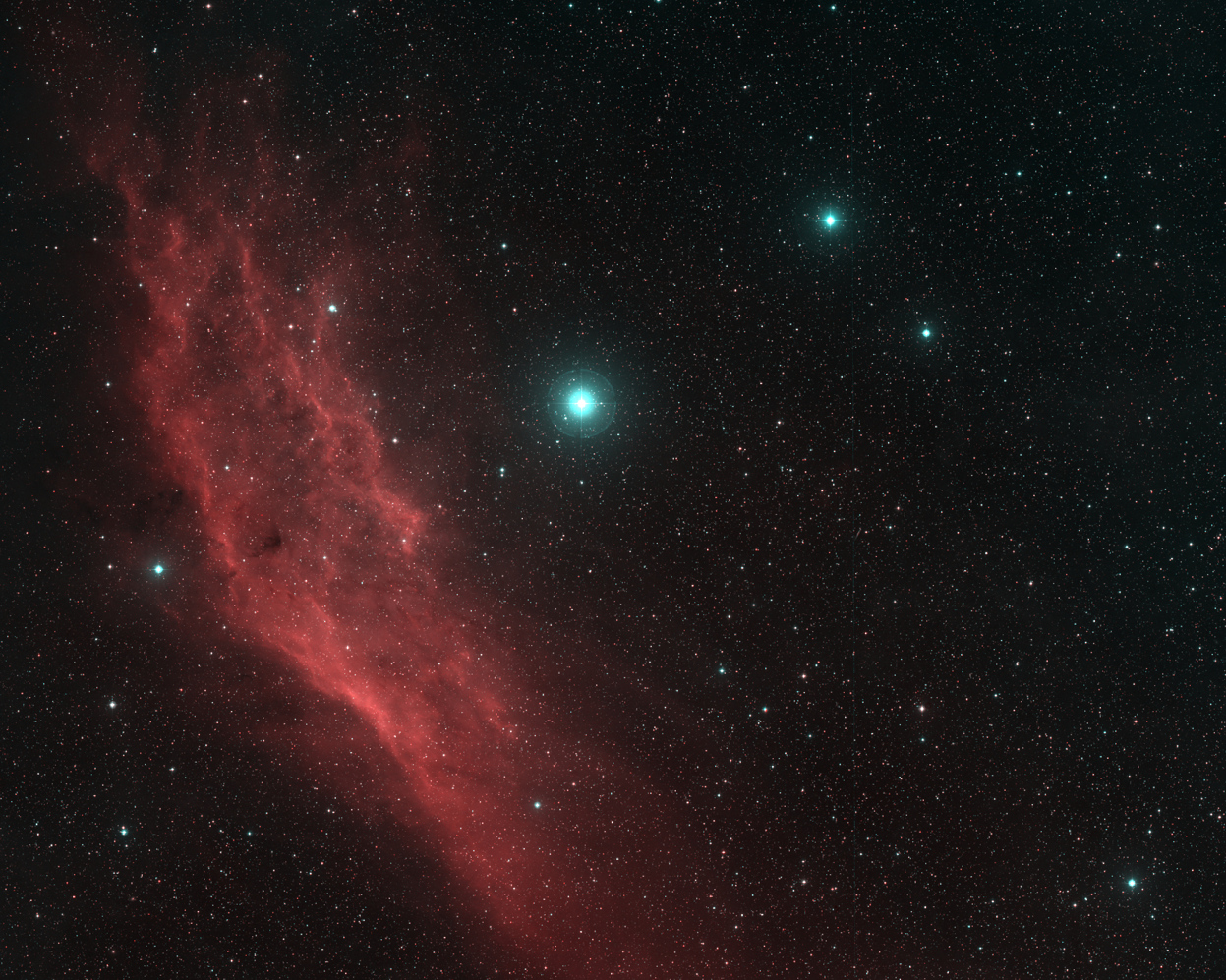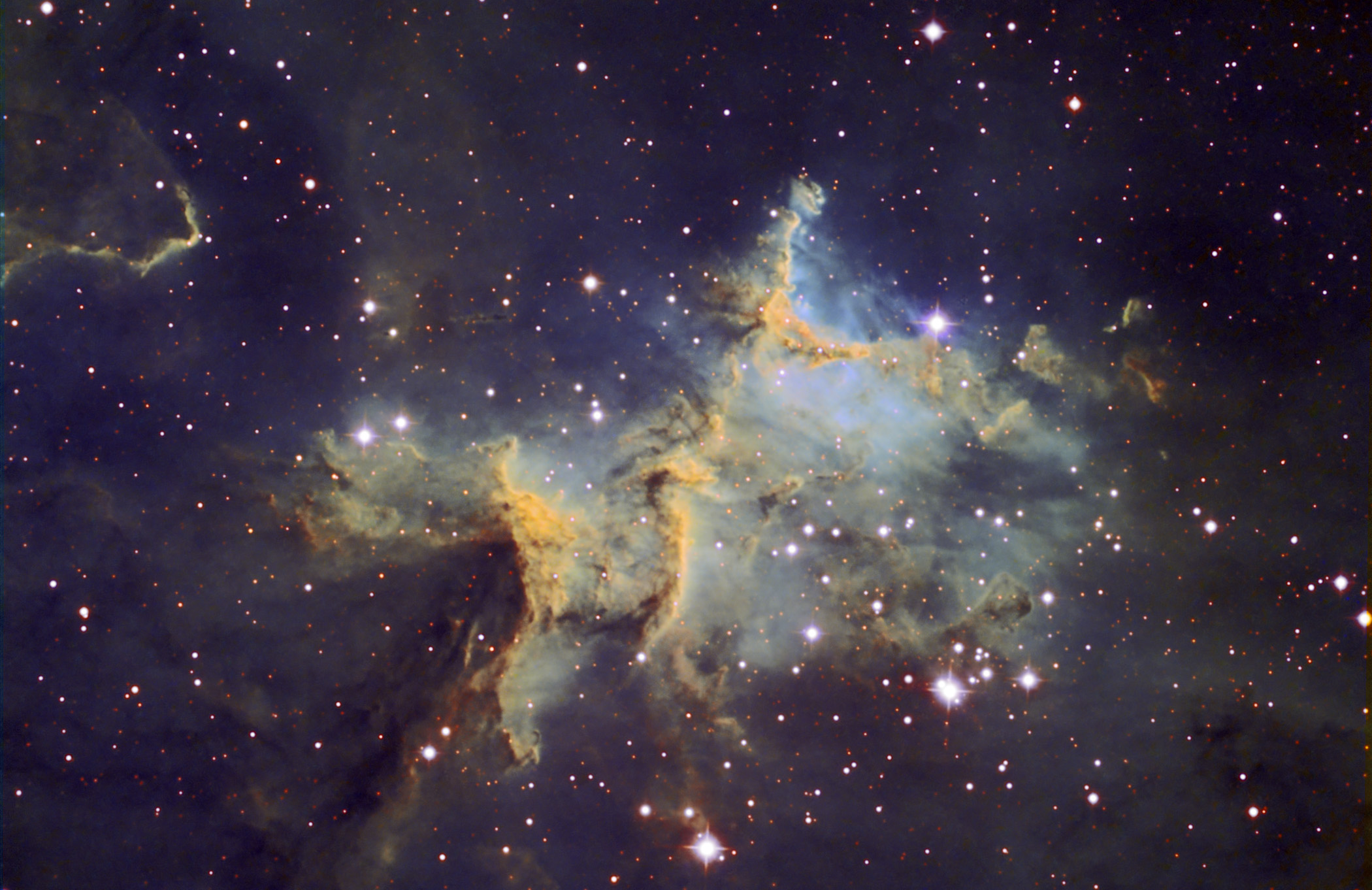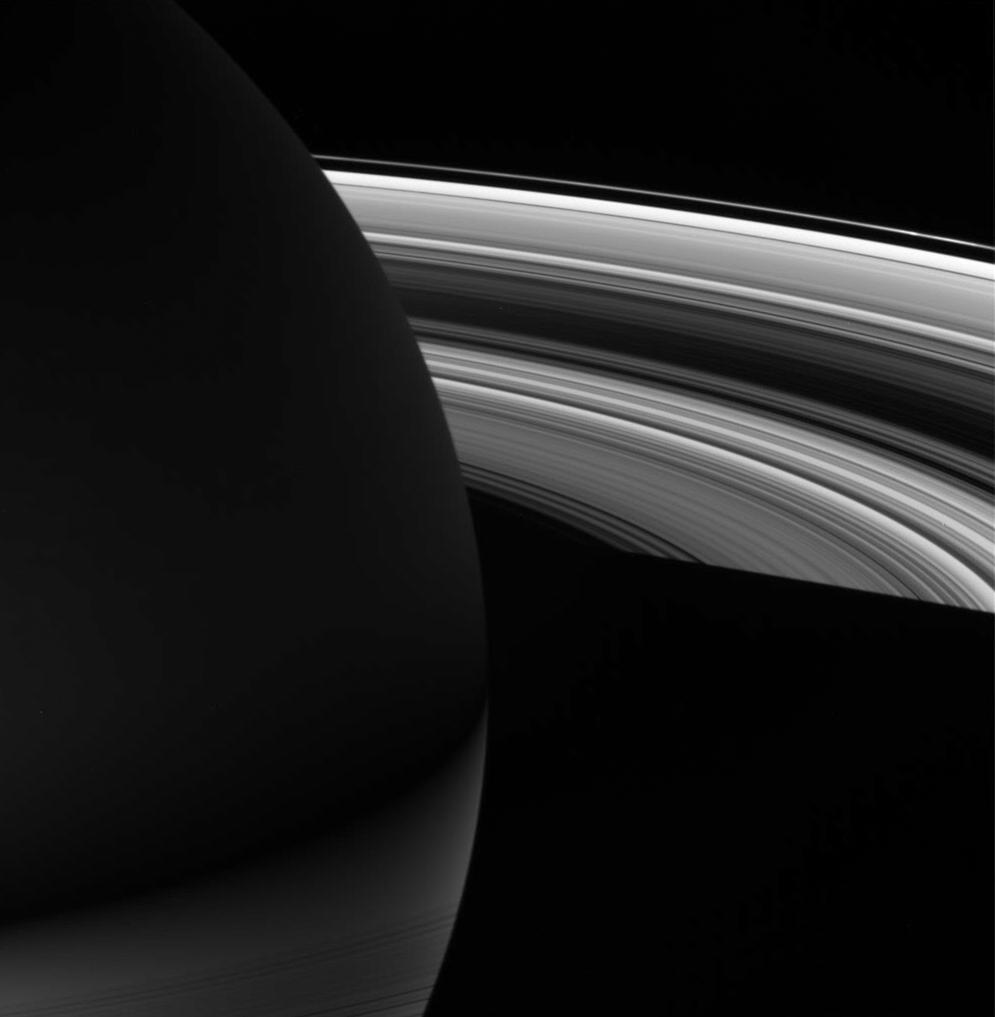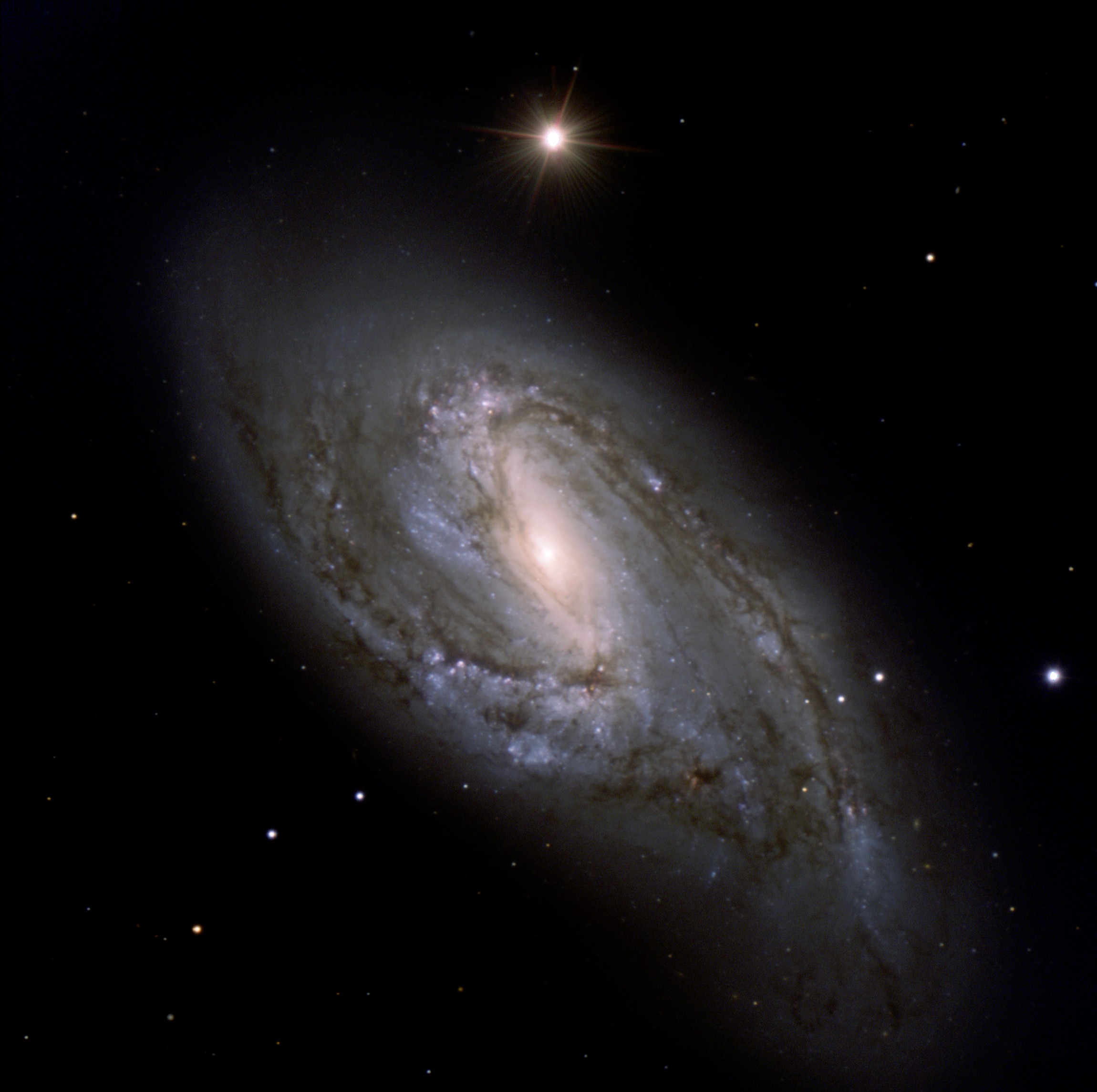
APOD blog: NGC 1499 The California Nebula
The nebula looks like the state of California, thus its name, and lies in the constellation Perseus. It was discovered in 1885 by Edward Barnard. It can be found in the Orion arm of the Milky Way, the same arm where we, Earth, are located. In fact, the nebula is only about 1500 light years away. The nebula is an emission type nebula and is red because of its ionized hydrogen. The illumination of the nebula is also caused by Xi Persei the brightest, bluish star in the picture. Because of the distance, the star has a luminosity of about 6300, or -4.7 magnitude, the same brightness as our sun.
The nebula extends about 100 light years across space and is about 240 arcmins and is the only bright nebula in the region.




